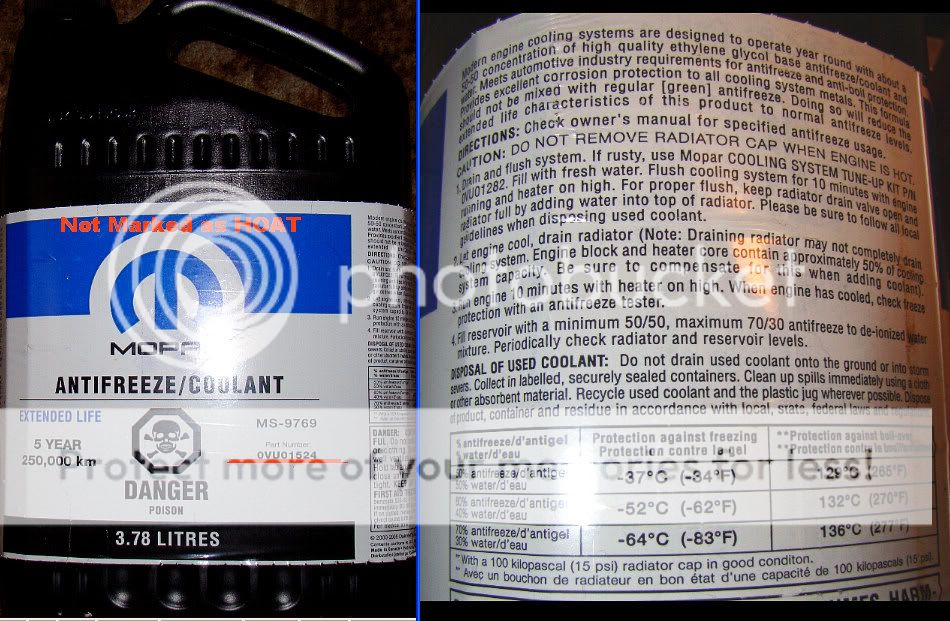
#Hoat coolant leak professional
Here are a few ways you can maintain your engine cooling system, and know when to call 12th Street Auto Care Center for a professional ASE-certified mechanic to perform a coolant leak repair. Unchecked antifreeze can cause a lot of damage to your vehicle’s engine.

It is crucial to change your antifreeze and check its consistency. Liquid coolant is able to absorb the heat from the engine as it passes through the water jackets within the engine cooling block, and either travels directly back to the water pump, to the radiator, or to the heater core, which transfers the heat in the coolant to the cabin of your car, truck, van or SUV.īecause of the chemical mixture, the coolant won’t freeze and expand in the winter, which would cause your engine to break under very low temperatures. So if you notice any leaks around your vehicle, call 12th Street Auto Care Center for a professional coolant leak repair.Ĭoolant can last about three years, depending on the kind of engine coolant you purchase:Īntifreeze is generally a mixture of ethylene glycol and water, or sometimes propylene glycol and water. The engine would overheat or freeze without it. The color is only a dye that’s added to the coolant to distinguish one brand of product from another.Coolant, also known as antifreeze, is the most integral part of the engine cooling system. The actual color of the coolant doesn’t matter as long as the chemistry provides proper protection. Mixing standard “green” formula coolant with a long-life OAT or HOAT coolant may reduce the service life of the mixture to two to three years, or 30,000 to 50,000 miles.įor vehicles that are out of warranty, the best advice is to use the same type of antifreeze as before, or to use a “universal” coolant that is all makes/models-compatible. Intermixing different types of antifreeze may void any remaining warranty coverage on the cooling system components, and may even create some undesirable chemical interactions that reduce the coolant’s ability to inhibit corrosion. It doesn’t have to be the exact same brand, but the coolant must meet the OEM specifications (Dexcool, for example, in the case of GM applications). If a vehicle still is under warranty, it should be refilled with the same type of coolant as the original factory fill. The end result is an almost complete coolant change. The machine taps into the plumbing and extracts the old coolant while replacing it with new. The best way to change coolant is to have it professionally changed with a coolant exchange machine. Minivans and SUVs with rear heater circuits can trap even more residual coolant in their veins.

The other third remains trapped in the engine block, heater core and heater hoses. But if it tests marginal or bad, it needs to be changed regardless of how long or how many miles it has been in service.ĭraining the radiator to change the coolant only removes about two-thirds of the total coolant in the system.

If the coolant tests good, it still has some time and mileage to go. Chemical test strips can be used to check the “reserve alkalinity” (a measure of corrosion protection) of the coolant. This includes vehicles used by Uber and Lyft drivers, long-distance commuters, traveling salespeople, delivery vehicles, etc.Īlthough the recommended service interval is five years or 150,000 miles for long-life coolants, does that mean the antifreeze is worn out and needs to be changed when the time or mileage limit is reached? It may, depending on the condition of the corrosion inhibitors that are still active in the coolant. The only exception would be vehicles that rack up more than 150,000 miles in less than five years. So, for most applications, five years is the recommended service interval for changing the coolant. What’s important to note is that the coolant manufacturers mean whichever comes first, not last! For normal driving of 12,000 to 15,000 miles per year, five years will pass long before the odometer hits 150,000 miles. Most of today’s factory-fill coolants have OAT (Organic Acid Technology) or HOAT (Hybrid Organic Acid Technology) corrosion inhibitors with a service life of five years or 150,000 miles. Long-life antifreeze is not forever antifreeze.


 0 kommentar(er)
0 kommentar(er)
